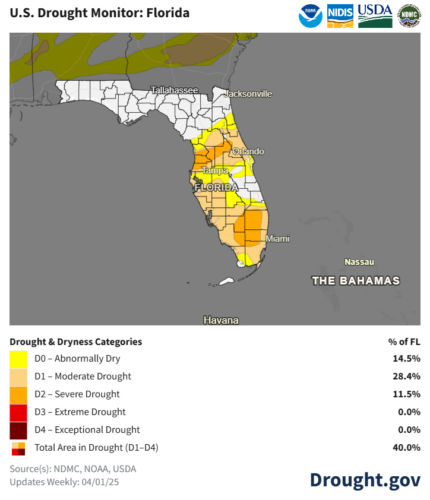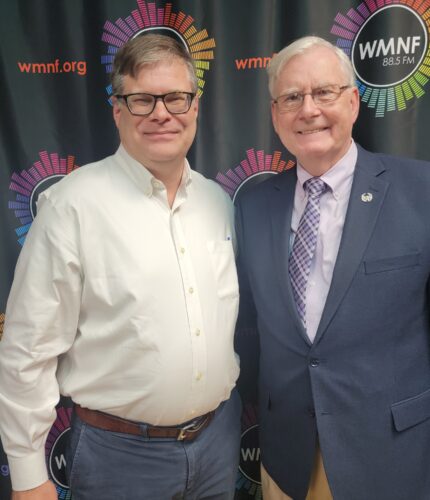
Tori Linder—a producer of “Saving The Florida Wildlife Corridor,” a documentary that travels through the titular Corridor, the 18 million-acre, statewide network of public preserves and private working lands, while examining the ongoing conflict between Florida’s explosive population growth and rampant development, and it’s green infrastructure—starts the conversation on a recent edition of “Talking Animals” by explaining, more fundamentally, what constitutes the Florida Wildlife Corridor, and why it’s vitally important that it be protected and preserved.
She also further defines “green infrastructure,” a central term that surfaces often in these discussions. Linder addresses the major threats to the ongoing viability of the Corridor Animals,” menaces to such Florida fixtures as citrus groves and cattle ranches: namely, the eruptive increase in the state’s populace—she says a thousand people per day are moving to Florida—and the comparably-burgeoning need to house that influx of citizens…which escalates slates of development, of housing, of course, but also attendant structures and businesses. All of which can border, or even encroach on, the Florida ![]()
![]() Wildlife Corridor.
Wildlife Corridor.
I observe that while Linder is a producer of the documentary, it’s not hard to imagine she could easily be presented as one of the Floridians presented onscreen, describing their connection to the Corridor, and why they feel it’s important to protect it. Sure enough, she points out that she’s a fifth generation cattle rancher, that she grew up working on her grandparents’ ranch, while noting that some of her conservation work was done in Africa, before ultimately returning to Florida to devote herself to these issues, including protecting the Florida Panther.
Linder outlines how she and her fellow filmmakers approached creating the documentary, including selecting the array of Floridians (such as sixth generation rancher Cary Lightsey, above, and sibling clam farmers Ian & Gretchen Stone, left) who serve as talking heads, and the formidable challenges in editing the film down to a lean running time of less than a half hour. She also spoke to the screening and panel discussion that was to happen that evening, Feb. 23, but underscored that the movie can be watched anytime at https://video.wedu.org/video/saving-the-florida-wildlife-corridor-6atecl/
Leave a Reply










